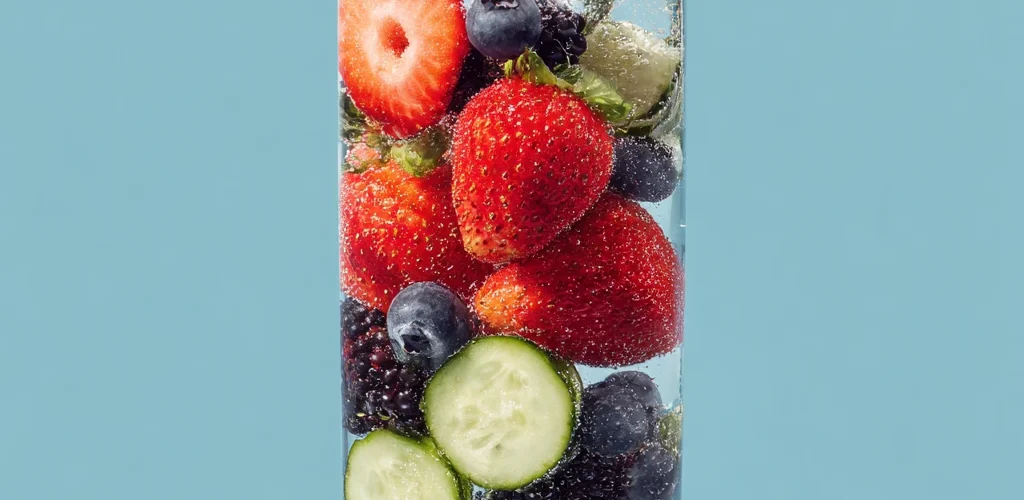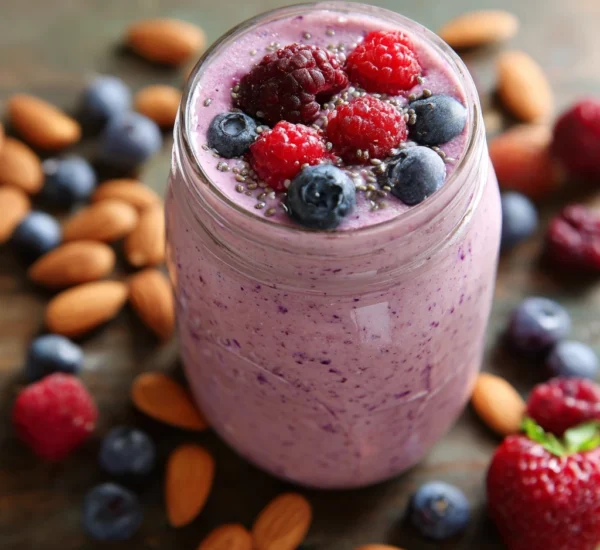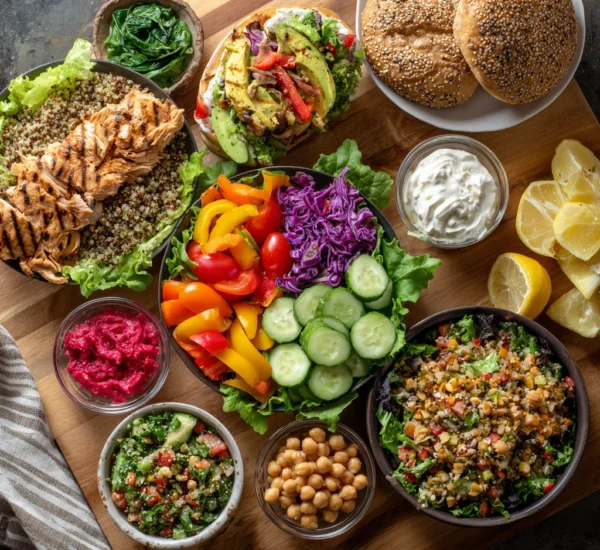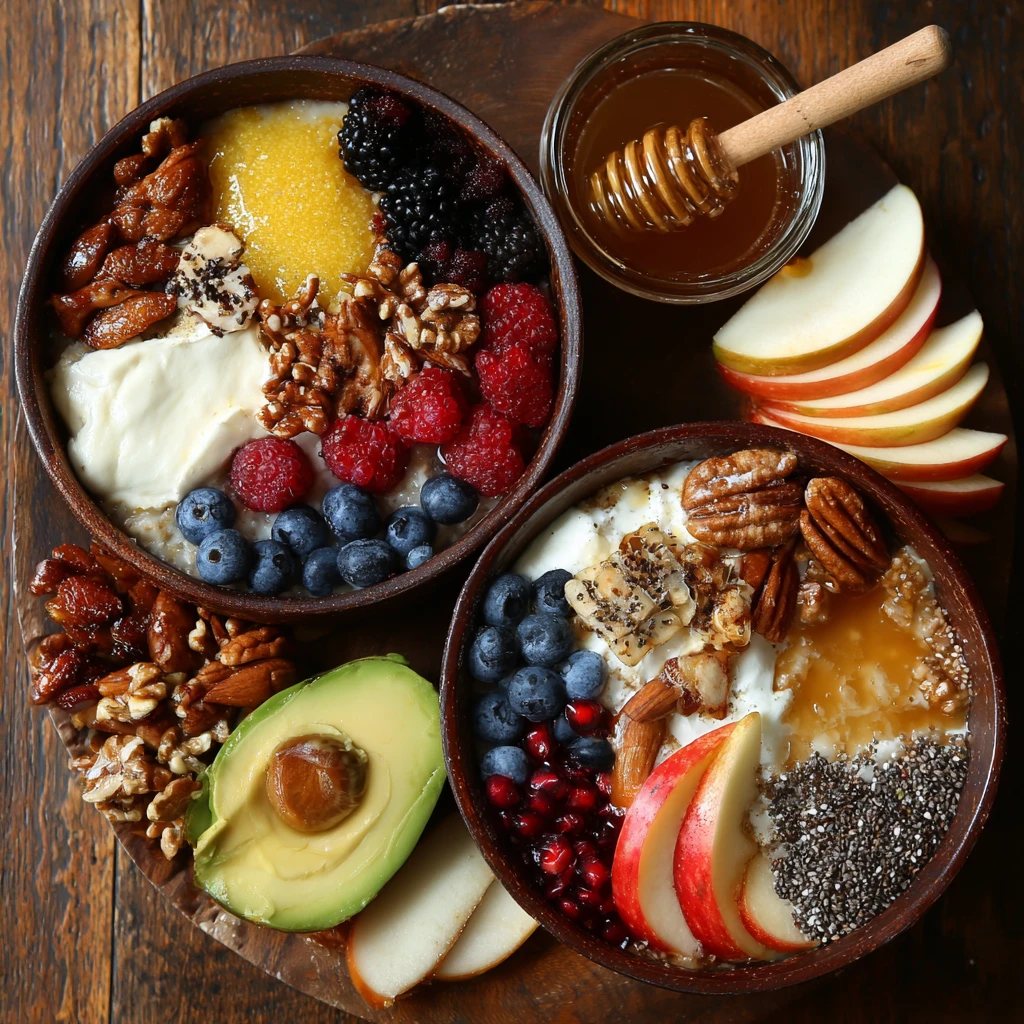Quick Tips for Better Hydration Through Food
Staying hydrated is essential for overall health and well-being. While drinking water is crucial, incorporating hydrating foods into your diet can significantly boost your fluid intake and provide essential nutrients. This article explores practical and delicious ways to enhance your hydration through food.
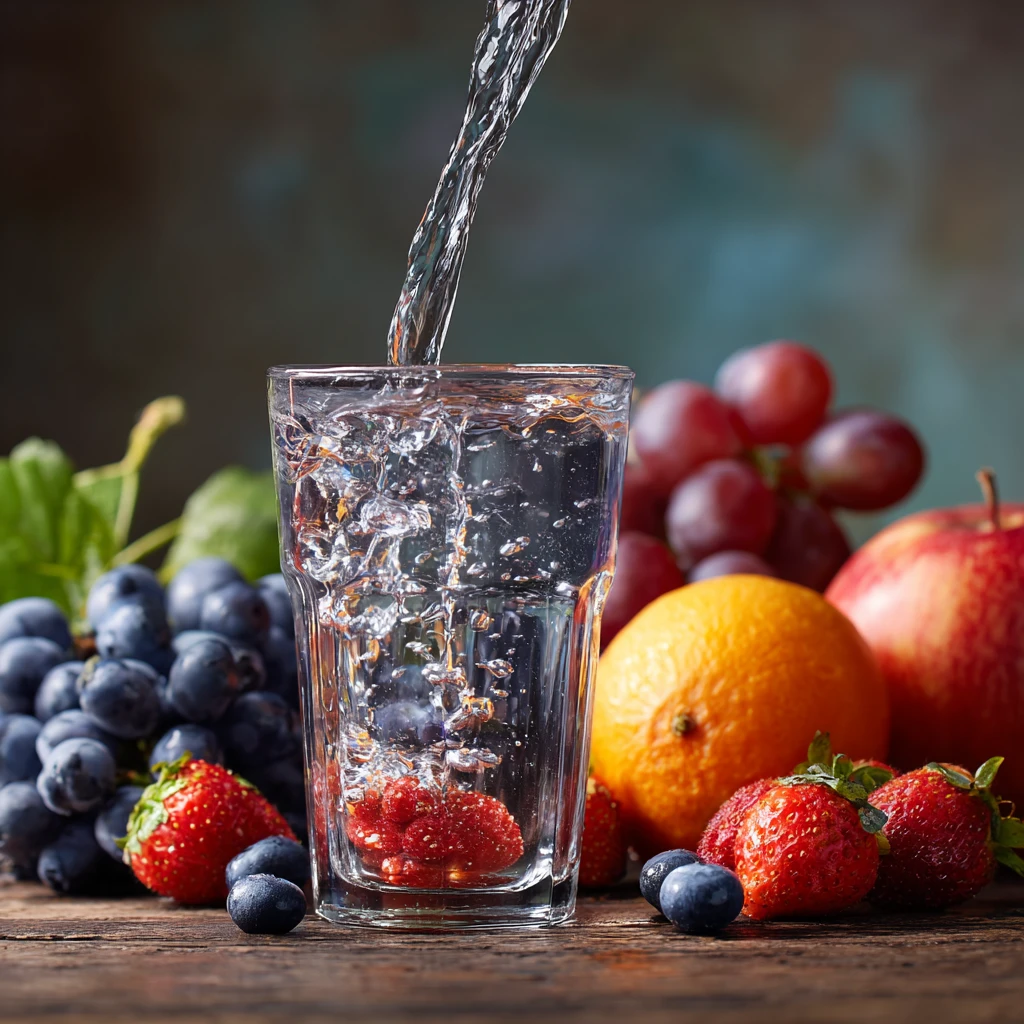
Understanding the Importance of Hydration
Hydration is more than just quenching thirst; it’s fundamental for numerous bodily functions. Water aids in digestion, regulates body temperature, transports nutrients, lubricates joints, and cushions vital organs. Dehydration, even in mild forms, can lead to fatigue, headaches, impaired cognitive function, and decreased physical performance.
Many people underestimate their daily fluid needs. Factors such as activity level, climate, and overall health influence how much water we require. While the “eight glasses a day” rule is a common guideline, individual needs can vary. Consuming water-rich foods is an effective strategy for meeting these needs and preventing dehydration.
Top Hydrating Foods to Incorporate into Your Diet
Nature provides a bounty of delicious and hydrating foods that can make staying hydrated easier and more enjoyable.
Watermelon: The Hydration Powerhouse
Watermelon, as its name suggests, boasts a high water content of around 92%. This makes it an excellent choice for hydration, especially during warm weather. It’s also a good source of vitamins A and C, and the antioxidant lycopene, known for its potential heart health benefits. Watermelon is low in calories, making it a guilt-free snack. Enjoy it sliced, cubed in salads, or blended into refreshing smoothies.
Cucumbers: Crisp and Refreshing Hydration
Cucumbers are another water-rich food, with approximately 96% water content. Their mild flavor makes them versatile for various dishes. They’re a good source of vitamin K, potassium, and manganese. Cucumbers can be added to salads, sandwiches, or blended into cooling soups and drinks. Adding a slice of cucumber to your water can also enhance the flavor and encourage more fluid intake.
Strawberries: A Sweet and Hydrating Treat
Strawberries are not only delicious but also contribute to hydration with around 91% water content. They’re packed with vitamin C, antioxidants, and fiber. Strawberries can be enjoyed on their own, added to yogurt, cereal, or blended into smoothies. Their natural sweetness makes them a healthier alternative to sugary snacks.
Celery: Crunchy Hydration with Added Benefits
Celery is a surprisingly hydrating vegetable, containing about 95% water. It’s also a good source of fiber, potassium, and vitamins A and K. Celery’s crunchy texture makes it a satisfying snack, and it can be paired with dips like hummus or nut butter for added flavor and nutrients. It’s also a staple in many soups and stews, contributing to their overall hydration value.
Spinach: A Leafy Green Hydration Source
While often overlooked for its water content, spinach is approximately 93% water. This leafy green is also a powerhouse of vitamins, minerals, and antioxidants. Spinach can be added to salads, smoothies, or sautéed as a side dish. Its versatility makes it easy to incorporate into various meals, boosting both hydration and nutrient intake.
Creative Ways to Incorporate Hydrating Foods
Integrating hydrating foods into your daily diet doesn’t have to be complicated. Here are some creative ideas to make it a regular part of your routine.
Hydrating Smoothies
Smoothies are a fantastic way to combine multiple hydrating foods into one convenient and delicious drink. Blend watermelon, strawberries, spinach, and cucumber with a little coconut water or ice for a refreshing and hydrating treat. You can also add protein powder or yogurt for extra nutrients and staying power.
Water-Rich Salads
Create salads that prioritize hydrating vegetables and fruits. Combine cucumbers, tomatoes, bell peppers, and leafy greens with a light vinaigrette dressing. Adding watermelon or strawberries can enhance the flavor and hydration value.
Hydrating Soups and Stews
Soups and stews are naturally hydrating due to their liquid base. Incorporate vegetables like celery, spinach, and zucchini to increase their water content. Broth-based soups are particularly hydrating and can be a comforting and nutritious meal.
Infused Water with Fruits and Vegetables
Infused water is a simple yet effective way to increase your fluid intake and add flavor to your water. Add slices of cucumber, strawberries, watermelon, or citrus fruits to a pitcher of water and let it infuse for a few hours. This will add a subtle flavor and encourage you to drink more water throughout the day.
Hydrating Snacks
Choose hydrating snacks over processed or sugary options. Watermelon slices, cucumber sticks, or a handful of strawberries are all excellent choices. Keep these readily available for a quick and hydrating snack throughout the day.
Tips for Maximizing Hydration Through Food
Beyond incorporating hydrating foods, consider these tips to maximize your hydration efforts.
Listen to Your Body
Pay attention to your body’s signals. Thirst is an indicator of dehydration, but it’s best to stay ahead of it. Drink water and consume hydrating foods throughout the day, even if you don’t feel thirsty.
Plan Ahead
Prepare hydrating snacks and meals in advance to ensure you have healthy options readily available. This can help you avoid reaching for less nutritious choices when you’re feeling hungry or thirsty.
Be Mindful of Your Activity Level
Increase your fluid intake when you’re physically active, especially in hot weather. Exercise and sweating can lead to significant fluid loss, so it’s important to replenish electrolytes and fluids.
Combine Foods and Drinks
Pair hydrating foods with water or other hydrating beverages like herbal tea. This will further boost your fluid intake and help you stay hydrated throughout the day.
Watch the Weather
During hot weather, prioritize hydrating foods and beverages. Heat can increase your fluid needs, so make sure to adjust your intake accordingly.
Common Misconceptions About Hydration
There are several common misconceptions about hydration that can hinder your efforts.
All Drinks Are Equally Hydrating
While all liquids contribute to hydration, some are more effective than others. Water, herbal teas, and coconut water are excellent choices, while sugary drinks like soda and juice can actually dehydrate you due to their high sugar content.
You Can Only Get Hydrated From Water
As we’ve discussed, many foods contribute significantly to hydration. Relying solely on water can be challenging for some, while incorporating hydrating foods makes it easier to meet your fluid needs.
Thirst Is the Only Indicator of Dehydration
Thirst is a sign of dehydration, but it’s not the only one. Other symptoms include fatigue, headache, dizziness, and dark urine. It’s best to stay hydrated proactively rather than waiting until you feel thirsty.
Everyone Needs the Same Amount of Water
Individual fluid needs vary based on factors like activity level, climate, and overall health. There’s no one-size-fits-all recommendation, so it’s important to listen to your body and adjust your intake accordingly.
You Can Overhydrate
While rare, overhydration (hyponatremia) is possible. This occurs when you consume too much water, diluting the sodium levels in your blood. It’s more common in athletes who consume excessive amounts of water during endurance events. Balance is key to maintaining proper hydration.
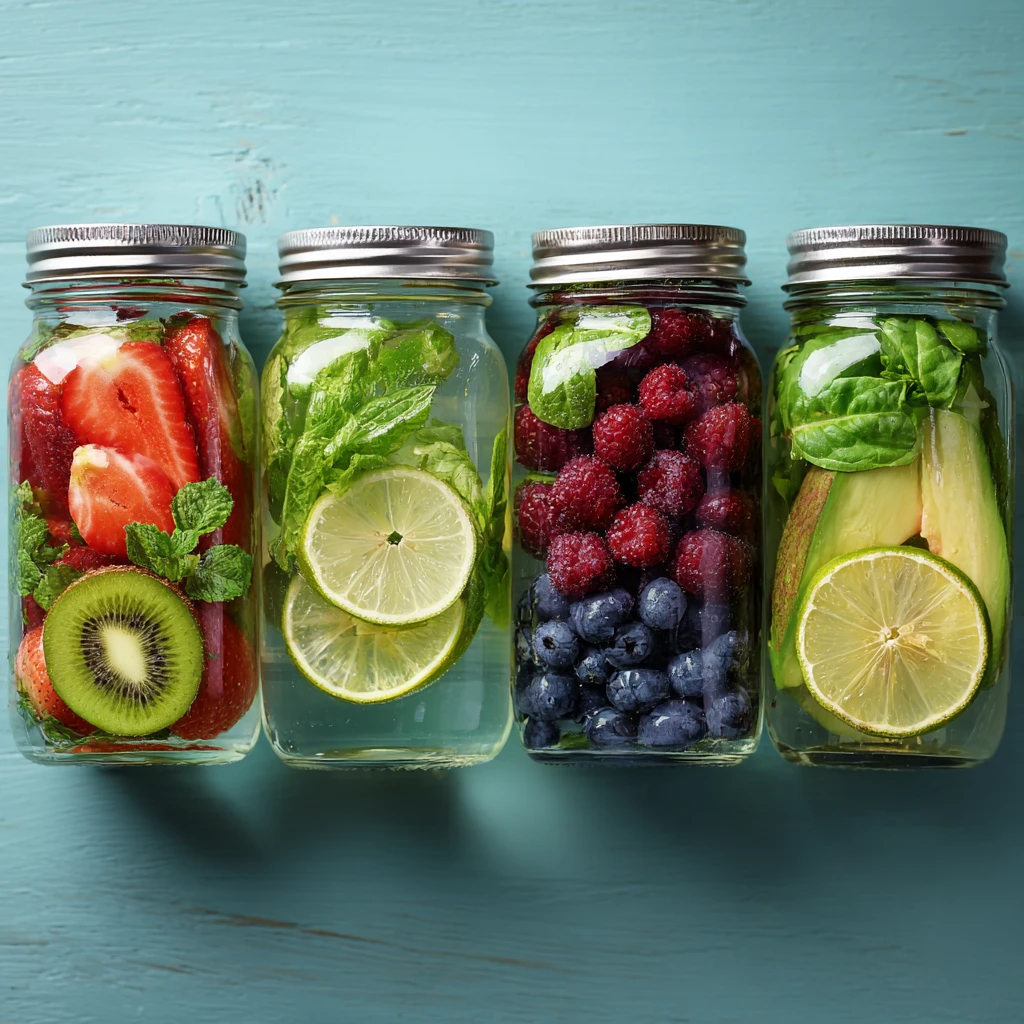
FAQ: Hydration Through Food
Q: How much water should I drink per day?
A: The general recommendation is around 8 glasses (64 ounces) of water per day, but individual needs can vary. Factors like activity level, climate, and overall health influence how much water you require.
Q: What are the best fruits for hydration?
A: Watermelon, strawberries, cantaloupe, and other melons are excellent choices due to their high water content.
Q: Can I get enough water from food alone?
A: While it’s possible to get a significant portion of your daily fluid intake from food, it’s important to also drink water and other hydrating beverages. A combination of both is ideal.
Q: What are some signs of dehydration?
A: Common signs of dehydration include thirst, fatigue, headache, dizziness, dark urine, and decreased urination.
Q: Are sports drinks necessary for hydration?
A: Sports drinks can be beneficial for athletes who are engaged in prolonged, intense exercise, as they contain electrolytes that are lost through sweat. However, for most people, water and hydrating foods are sufficient.
Q: Are there any vegetables to avoid for hydration?
A: Most vegetables are hydrating, but some have a diuretic effect, such as asparagus. These can cause you to lose more fluids than you take in, so consume them in moderation.
